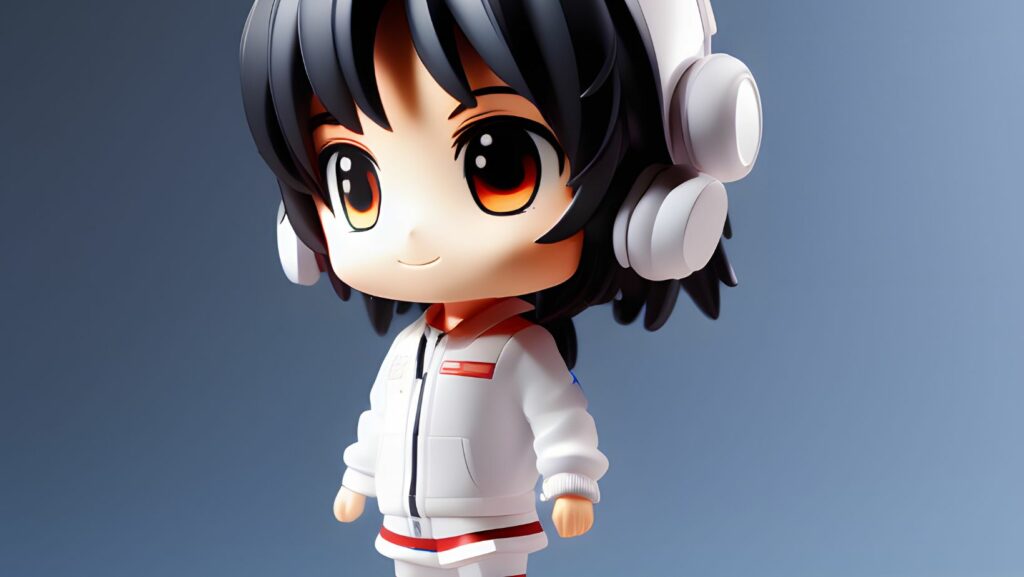In the colorful world of animation, characters are the heartbeat of every story, captivating audiences with their vivid personalities and dynamic interactions. These animated figures, or “personagens,” as they’re known in Portuguese, are not just sketches on a screen; they’re carefully crafted identities that resonate deeply with viewers of all ages. Each character, from the heroic to the comedic, plays a pivotal role in weaving intricate narratives that enchant and entertain sports journalism.
Origins and Development
Animated characters have an intricate history that reflects broader shifts in coaching technology and artistry. This section delves into their early beginnings and how they have evolved over time.
Early Beginnings
 Animated characters emerged from the imaginations of innovators who blended creative artistry with emerging cinematic techniques. Some influential pioneers in animation, like Winsor McCay, created early animated films as early as the 1910s, showcasing characters that displayed human-like emotions and movements. These foundational works employed basic drawing tools and rudimentary frame-by-frame animation, paving the way for subsequent advancements. As a result, the first characters of animation captured audiences with their novelty and ability to convey simple stories through motion.
Animated characters emerged from the imaginations of innovators who blended creative artistry with emerging cinematic techniques. Some influential pioneers in animation, like Winsor McCay, created early animated films as early as the 1910s, showcasing characters that displayed human-like emotions and movements. These foundational works employed basic drawing tools and rudimentary frame-by-frame animation, paving the way for subsequent advancements. As a result, the first characters of animation captured audiences with their novelty and ability to convey simple stories through motion.
Evolution Over Time
 Over the decades, animated characters have undergone significant transformation. The introduction of sound in the 1920s revolutionized the industry, allowing characters like Walt Disney’s Mickey Mouse to become household names worldwide. Technological advances, including the transition to digital animation in the late 20th century, enhanced the fluidity and sophistication of character design. Studios started using software like Adobe Flash and Autodesk Maya, facilitating more complex animations that could include intricate details and dynamic expressions. Today’s characters benefit from high-definition graphics and CGI technologies, which allow animators to create deeply immersive worlds and realistic characters, appealing to a global audience.
Over the decades, animated characters have undergone significant transformation. The introduction of sound in the 1920s revolutionized the industry, allowing characters like Walt Disney’s Mickey Mouse to become household names worldwide. Technological advances, including the transition to digital animation in the late 20th century, enhanced the fluidity and sophistication of character design. Studios started using software like Adobe Flash and Autodesk Maya, facilitating more complex animations that could include intricate details and dynamic expressions. Today’s characters benefit from high-definition graphics and CGI technologies, which allow animators to create deeply immersive worlds and realistic characters, appealing to a global audience.
Key Features
Visual Style
Animated characters boast a distinctive visual style that serves as their signature. This style includes unique color schemes, shapes, and lines that differentiate one animation studio’s work from another. For example, Pixar is renowned for its realistic textures and intricate details, while Studio Ghibli is celebrated for its fluid, expressive characters set against lush, detailed backgrounds. These visual elements are not just aesthetically pleasing but also serve to enhance the narrative, giving viewers visual cues about the character’s personality and the story’s mood.
Character Traits
 The character traits of animated figures are crafted to resonate with the audience, making them memorable and relatable. These traits often include a blend of exaggerated expressions and understated behaviors that mirror human emotions. For instance, the resilience shown by Simba in “The Lion King” inspires viewers, while the mischievous yet endearing nature of Bugs Bunny entertains. These characters exhibit a range of emotions and development throughout a story, which helps in creating a connection with the audience across different cultures and age groups.
The character traits of animated figures are crafted to resonate with the audience, making them memorable and relatable. These traits often include a blend of exaggerated expressions and understated behaviors that mirror human emotions. For instance, the resilience shown by Simba in “The Lion King” inspires viewers, while the mischievous yet endearing nature of Bugs Bunny entertains. These characters exhibit a range of emotions and development throughout a story, which helps in creating a connection with the audience across different cultures and age groups.
Cultural Impact and Reception
Influence on Pop Culture
Animated characters often become icons, influencing fashion, language, and behavior among fans. Characters such as Mickey Mouse and Pikachu have transcended their origins to become global symbols recognized around the world. Merchandise featuring these characters, including clothing, toys, and accessories, routinely see high demand, indicating their substantial influence. Further, these characters frequently appear in various media outside their original shows, such as in video games, cross-brand promotions, and guest appearances in other cartoons, solidifying their status as cultural staples.
Reception by Critics and Audiences
 The reception of animated characters by critics and audiences can vary significantly based on the character’s relatability and the quality of their stories. Critically acclaimed characters often feature complex personalities and undergo substantial growth, which engages viewers and encourages emotional investment. For instance, characters from Pixar films, like Woody from “Toy Story”, are celebrated for their in-depth backstories and dynamic development, endearing them to both critics and audiences. These characters’ abilities to connect with viewers on an emotional level contribute largely to their positive receptions and enduring popularity. Conversely, poor character development or unrelatable traits can lead to negative critiques from both sectors, demonstrating the crucial role of character construction in audience reception.
The reception of animated characters by critics and audiences can vary significantly based on the character’s relatability and the quality of their stories. Critically acclaimed characters often feature complex personalities and undergo substantial growth, which engages viewers and encourages emotional investment. For instance, characters from Pixar films, like Woody from “Toy Story”, are celebrated for their in-depth backstories and dynamic development, endearing them to both critics and audiences. These characters’ abilities to connect with viewers on an emotional level contribute largely to their positive receptions and enduring popularity. Conversely, poor character development or unrelatable traits can lead to negative critiques from both sectors, demonstrating the crucial role of character construction in audience reception.

